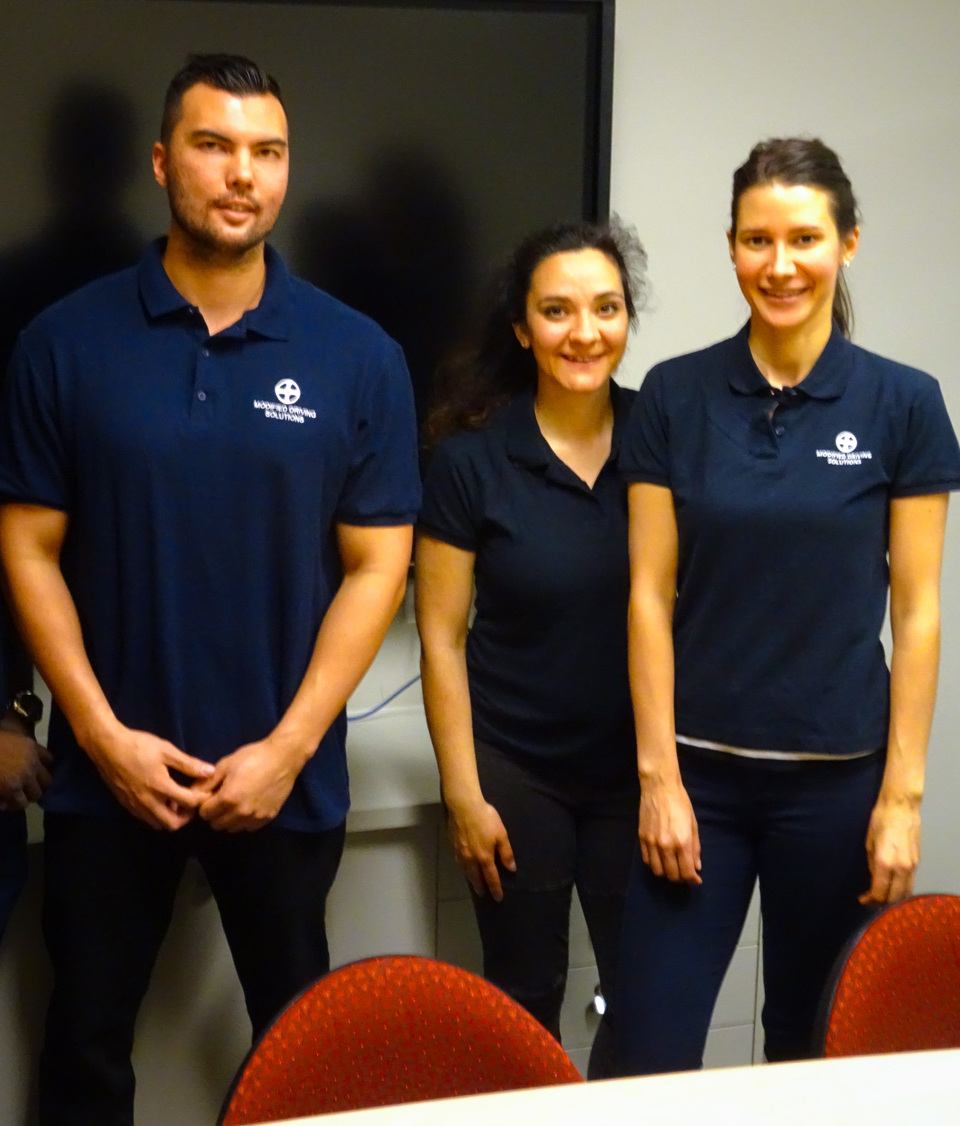Introduction to Occupational Therapy Driving Assessments
In NSW, if a person has been diagnosed with a medical condition, disability or serious injury that possibly affects their capacity to operate a vehicle, they may need to undergo an Occupational Therapy (OT) driving assessment. While this is not well known, the primary responsibility to let the RMS know of any medical history (potentially) impacting on driving lies with the driver/licence holder. However, as most people are unsure of this process, their treating doctor (usually GP or specialist) often alerts the RMS of their medical condition or concern regarding driving.

Whenever there is any concern that a driver’s medical status or health condition is impacting on driving, the initial step is to speak to their doctor. Their doctor will conduct a medical assessment of the person’s current condition and should complete the ‘RMS medical fitness to drive’ form. This form is sent to the RMS and the doctor can recommend the person to undertake the OT driving assessment. Once the need for the assessment has been established, the next stage is to organise an appointment with a qualified Driver Trained OT. These are specialised OTs that have the authority to make decisions about a person’s medical capacity to continue to drive. Thus, this is the standardised legal process as endorsed by the RMS.
Occupational Therapy Driving Assessments can be divided into 2 sections; the off-road section and the on-road section. The process for the assessment, regardless of the person’s medical condition, follows the same format. This article will focus specifically on the off-road component of the assessment.
The off-road assessment is the “talking” part of the assessment, where the OT learns about the person’s driving and medical history (including current medications) and need for driving. Three tests are also performed to detect any issues related to the individual’s vision, cognition and physical capabilities. These three components are the essential areas of driving, and their synchronization is paramount to ensure safe driving. All Driver Trained Occupational Therapists follow the same standardized process to ensure consistency and validity with each assessment.
Vision test
One of the three screening areas is testing the person’s visual acuity. The Occupational Therapist will complete a functional screening test. The purpose of this screen is to ensure that the person’s visual acuity meets RMS standards and determine if the person’s vision has the potential to impact their driving. It is important to note that no formal diagnosis will be made from this screen, and any issues or deficits will likely be referred for further investigation (e.g., by an optometrist or ophthalmologist). The visual assessment involves the following components:
- Questions about vision history
- Visual acuity test (using a Snellen vision chart)
- Visual field test (testing peripheral vision)
- Confrontation test
- Cover test (to detect any presence of strabismus)
Physical and functional test
The physical function test assesses an individual’s entire body and physical capacity in relation to driving. Again, the assessment remains the same regardless of the person’s medical condition. The aim of this screen is to identify if the person has any deficits that may impact on their ability to physically control a motor vehicle; i.e. control the steering wheel, brake, accelerator and/or clutch. This also includes looking at the person’s capacity to check all vehicle mirrors and check blind spots (turning head/neck) . The entire assessment is completed with the person seated, assuming the driving position. The assessment explores the following areas:
- Active range of motion
- Passive range of motion
- Muscle tone
- Strength
- Coordination
- Sensation
- Trunk stability
- Proprioception
- Kinaesthesia
Generally, the OT will confirm any potential physical issues prior to the assessment, as significant physical deficits may require vehicle modifications. Any necessary vehicle modifications need to be organised and ready for the day of assessment.

Cognitive test
The third and final screen assesses a person’s cognitive functioning. While there are various assessment options, the DriveSafe DriveAware (DSDA) assessment is regarded as the ‘gold standard’ in this field. This test has high validity and is one of the few assessments that specifically focuses on driving. The assessment looks at areas of concentration, attention, ability to follow instructions, decision-making skills, spatial awareness, and memory. For clients who have cognitive specific conditions such as brain injury, intellectual disability, or dementia, an additional assessment may also be utilised.
Examples of other cognitive assessments that may be utilized include:
- Mini Mental State Examination
- Trail Making Test
- Motor-free Visual Perception Test
- Rey Osterreith
Complex Figure
- Clock Drawing Test
- Cognitive Behavioral Driver’s Inventory
- Stroke Drivers Screening Assessment
- Gross Impairment Screening Battery of General Physical and
Mental Abilities
- DriveABLE
- P-Drive
- Computerized Sensory-Motor and Cognitive Test
The OT will discuss the results of the off-road assessment before proceeding to the on-road portion of the test. Any identified difficulties or deficits will be closely monitored during the on-road practical assessment.
Role of the off-road assessment
While the off-road driving assessment is an important part of the OT driving assessment as a whole, its main purpose is for the OT to obtain a baseline of the person’s physical, visual and cognitive skills and functioning. This is crucial for the OT to understand before proceeding to the driving component of the test. It is also important to note even if the person garners poor results in the off-road component, they will still usually be given the chance to proceed to the practical driving test.




